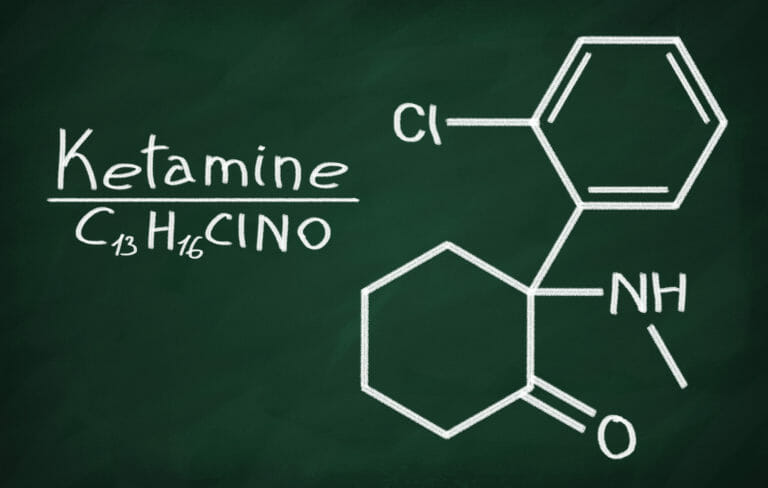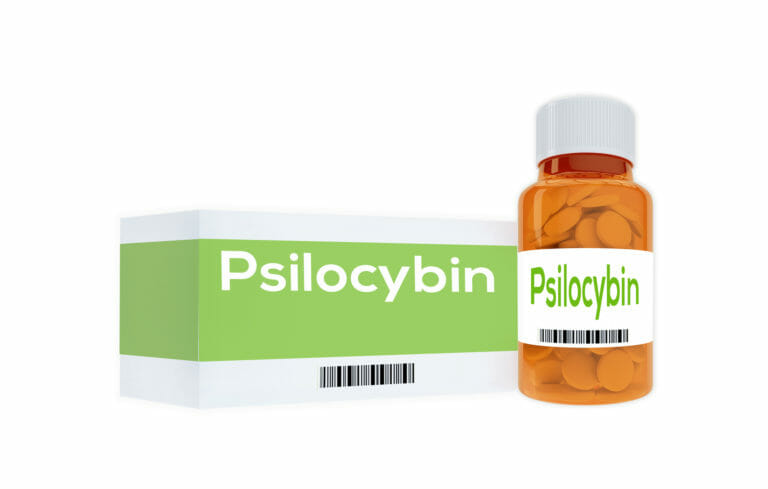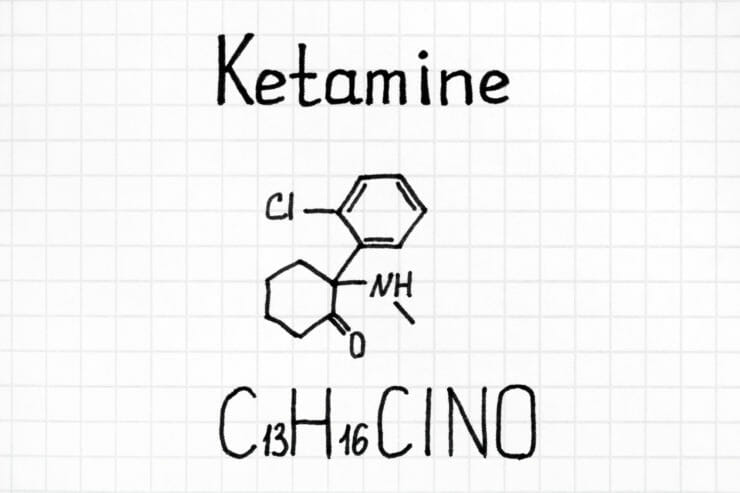
How to Study Schedule I Controlled Substances
Q: I want to study schedule I controlled substances. I want to study marijuana (cannabis), peyote, MDMA, psilocybin, LSD, ayahuasca/DMT and ibogaine, to start. A: All of that is possible, but you should choose just one. Q: OK, I want to study cannabis. A: That’s actually one of the hardest. Please choose a better one.














